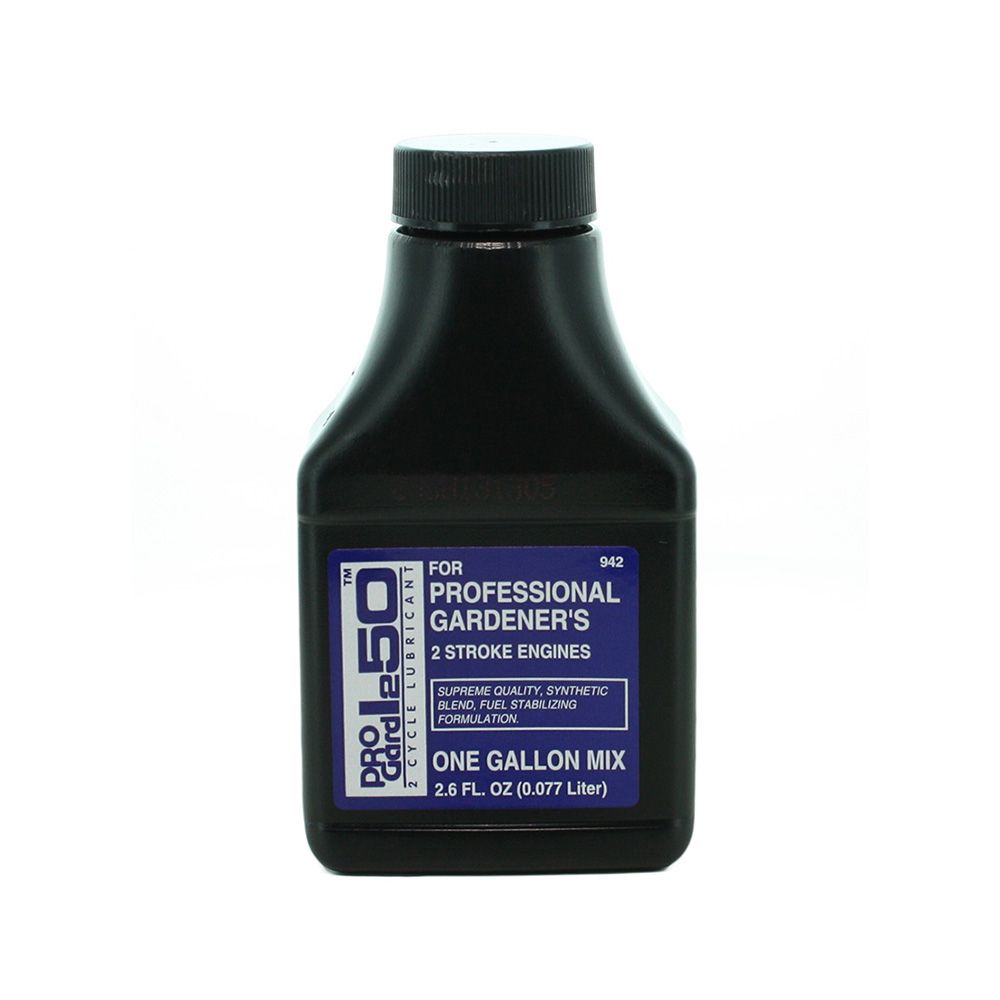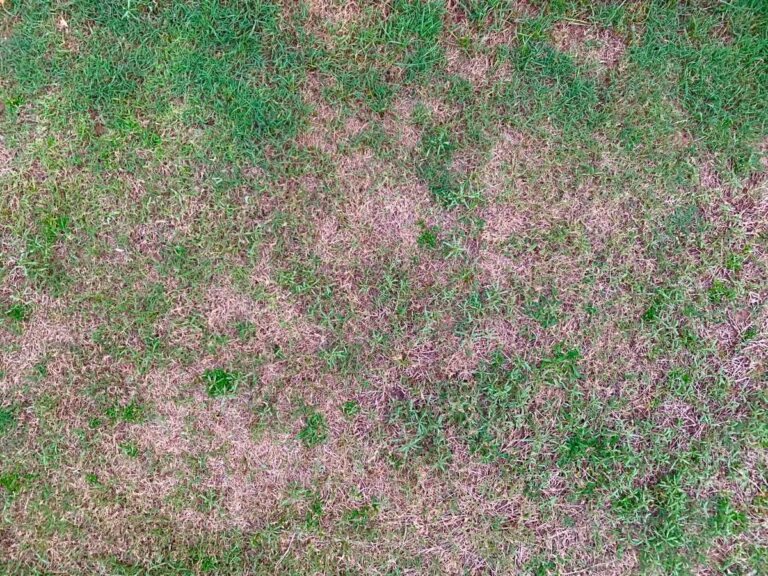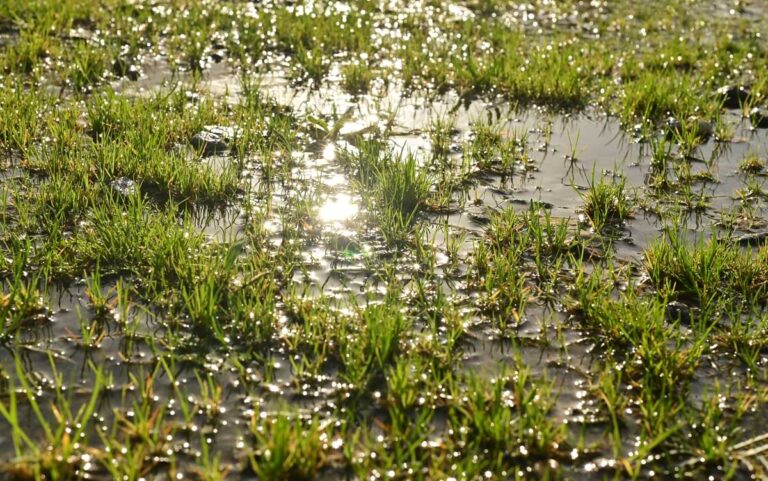How to Calculate Precipitation Rate
When it comes to keeping your lawn or garden healthy, knowing how much water your irrigation system delivers is just as important as knowing when to water. One of the best ways to control your watering schedule is by calculating your precipitation rate, the rate at which your sprinklers apply water to your landscape. This simple but powerful measurement can help you avoid common problems like overwatering, runoff, and dry spots, while improving water efficiency and plant health.
What Is Precipitation Rate?
Precipitation rate (PR) is the measure of how much water your irrigation system delivers over a specific area in a given time, typically expressed in inches per hour. In other words, it tells you how fast water is being “applied” to your lawn or garden. Every sprinkler has a different output depending on its water pressure and spray pattern, so understanding precipitation rate can help you get a better understanding of your current watering habits.
Precipitation Rate: Why It Matters
Knowing your system’s precipitation rate is beneficial for several reasons.
- It helps prevent overwatering or underwatering. If sprinklers deliver water too quickly, runoff can occur, wasting water and potentially harming your plants. If the rate is too low, plants may not receive enough moisture to thrive.
- Precipitation rate allows you to plan your irrigation schedule more accurately, ensuring that different zones in your landscape receive consistent watering despite variations in sprinkler type or layout.
- By calculating and understanding PR, you can maximize water efficiency, reduce waste, and promote healthier plants.
With a good understanding of your sprinkler precipitation rate, you’ll be able to make better-informed decisions about how to water your plants.
Calculating Precipitation Rate
There are two main ways to calculate precipitation rate: using a formula or through a physical measurement method like the catch-can test. Both approaches give you valuable insight into your system’s performance, helping you schedule irrigation efficiently and avoid overwatering or waste. Depending on the tools available to you and the desired level of accuracy, one method may be more practical than the other.
Option 1: Physical Measurement Method
The catch-can test is a simple, hands-on way to measure your irrigation system’s precipitation rate and uniformity. For this method, you’ll need a timer and several small containers, like rain gauges or tuna cans (hence the name “catch can”). Start by placing the containers evenly throughout the area your sprinklers cover, making sure to represent the full coverage zone. Then, once everything is set, turn on the system and run it for a set amount of time, usually 15 to 30 minutes.
After watering, measure the depth of water collected in each container. The average water depth, along with the run time, can be used to calculate the precipitation rate using the formula:
Precipitation Rate = Avg. Water Depth / Run Time
This test not only tells you the actual precipitation rate but also reveals areas of over- or under-watering, helping you identify uneven coverage or misaligned sprinklers. By performing a catch-can test, you can adjust your sprinkler heads to ensure that your plants are all watered evenly.
After the time is up, retrieve the can and check the water level. A rain gauge or catch-can will have measurements indicating the amount of water caught. In contrast, if you used a cup or can, you will have to measure the water level with a ruler. Rain gauges typically measure in tenths of inches; rulers measure eighths, quarters, and halves. Similarly, you will have to calculate inches per hour based on the amount of water you gathered during the 5, 10, or 15-minute period you ran the zone.

Option 2: The Precipitation Rate Formula
Calculating precipitation rate requires a simple formula that translates your sprinkler’s water output into inches per hour:
PR = 96.3 × GPM / Area
Here’s what each part means:
- PR (Precipitation Rate): This is the water application rate in inches per hour. It tells you how much water your sprinklers put down over a given area.
- 96.3: Multiplying by this number is necessary to adjust the units from gallons per minute over square feet into inches per hour.
- GPM (Gallons Per Minute): This is the flow rate of your sprinkler or irrigation zone. You can measure this by collecting water from a sprinkler into a container for one minute and noting the volume.
- Area (square feet): This is the surface area being watered by the sprinkler. For rectangular or square zones, multiply length × width; for circular zones, use π × radius².
To use the formula, first measure the GPM for your sprinklers, then calculate the area they cover. Plug these numbers into the formula, and you’ll have the precipitation rate. Just like with the catch-can test, knowing this rate allows you to match watering times with plant needs, prevent overwatering, and maintain an efficient irrigation system.
Other Factors to Consider
While calculating your sprinkler’s precipitation rate will provide one piece of the puzzle, there are still a few other factors that should dictate your watering habits.
- Plant types: Shallow-rooted plants (like grass) need lighter, more frequent watering, while deep-rooted plants (like trees) benefit from deeper, less frequent soakings.
- Soil type: Clay soils hold water longer but absorb it slowly, so they need shorter, less frequent watering. Sandy soils drain quickly and may require more frequent cycles.
- Local weather: High temperatures increase evaporation and plant water use, but your plants naturally need less supplemental water during cool and rainy periods, so adjust accordingly.
Understanding your sprinkler system’s precipitation rate is a key step toward more effective watering. Whether you use the catch-can test or the formula method, measuring how much water your sprinklers deliver helps prevent overwatering and ensure all plants get the moisture they need. By combining precipitation rate with thoughtful irrigation practices, you can maintain a healthier, more vibrant landscape while conserving water.
FAQs
Can I use any container measure precipitation rate?
Technically, yes, but try to pick a container that can measure small amounts of water accurately. Rain gauges, measuring cups, or cans all work well. Avoid tapered containers, since they can distort measurements, and make sure the container is stable and placed level within the irrigation zone for consistent results. Also, be sure to use the same container for each area that you’re testing.
How much should I water my lawn?
As mentioned above, the grass type, soil, and climate will all affect watering guidelines, but you generally want to shoot for about 1 to 1.5 inches of water per week, including rainfall. After calculating your precipitation rate, you should be able to determine how many hours of watering you’ll need each week. Early morning is the ideal time to water, as it reduces evaporation and helps prevent disease.
Can precipitation rate be used for drip irrigation?
Yes, precipitation rate can be used for drip irrigation, but the approach is slightly different than with sprinklers. Instead of measuring water spread over a large area, you measure the flow from individual emitters. Collect water from a few emitters over a set period, calculate the average output, and then determine the equivalent precipitation rate in inches per hour for the area being irrigated.































